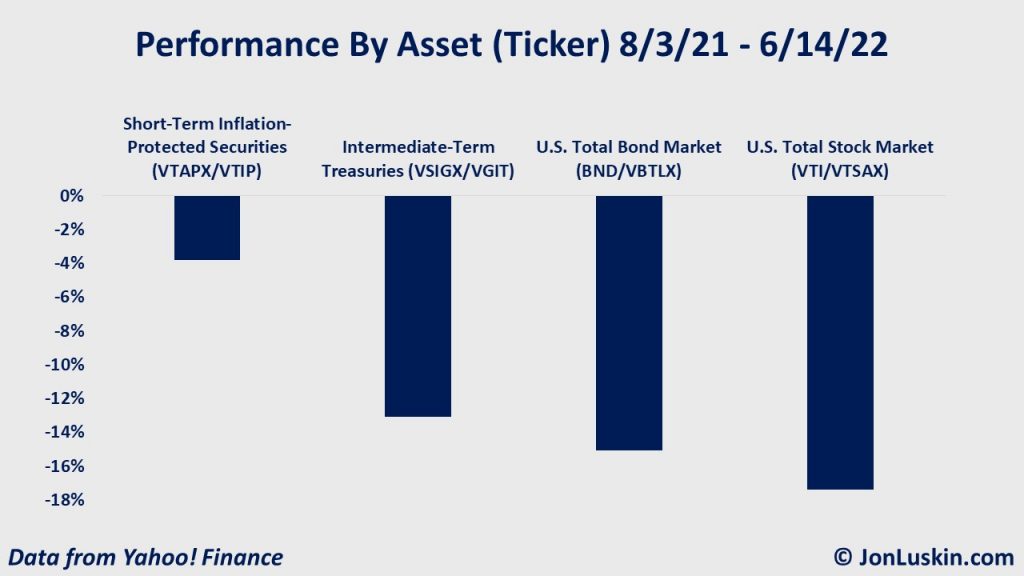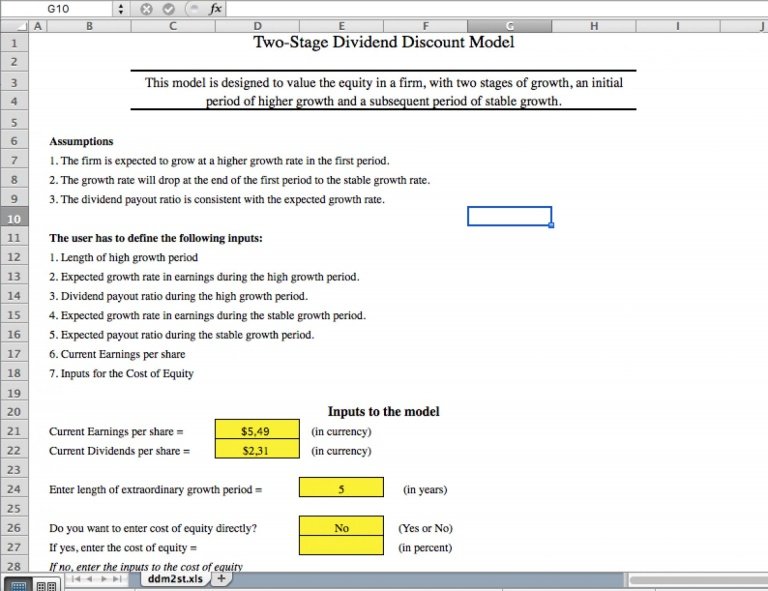
When you're looking for the best place to invest your money, it's important to learn how to research a company. Blue-chip stocks offer the best option because they retain capital and are proven to pay dividends. Stock research involves looking at the financial statements of a company. The balance sheets will reveal how much cash and debt the company has. By reviewing these documents, you can determine whether or not a company is a safe investment.
Investing in the long-term potential of a company
The question on investors' minds is how to invest in a company's long term potential. It all depends on the expectations of the investor. If the target date is less than a year away, it's a good idea to invest in a growing company. A year from now is the best time to invest in a company. Also, a longer time frame will mean that the company's growth rate is slower but more likely to be higher.

Using financial statements
Researching a stock using financial statements can be difficult, especially for new investors. Financial statements are an important tool to help investors assess if a company's financial health. These statements are used by investors to help them make trade decisions. Investors also consider company characteristics such as earnings history, cash flow, and other factors. These financial statements give traders an idea of the company's future prospects.
Evaluation of the management style of the company
There are several factors that you should consider when assessing the management of a company. First, ensure that promoters don't play with investor funds. You should also investigate regulatory issues. Final, evaluate the company’s remuneration. Different companies give their key employees different rewards. Look for a company that has recently reduced the amount of promoter shareholdings.
Utilizing industry statistics
If you are a novice investor, a good way to start investing is by analyzing a company's past stock prices. While a stock price is a snapshot of the company's past performance, historical data can give you a more complete picture of how the company has fared in the past. This data can also tell you a lot about the leadership of a company, which can affect its stock value.

Stock screening tools
You can use a stock screening software to analyze a stock. This method lets you search stocks based upon a variety parameters, such as earnings growth rate, price to earnings ratios, and so forth. Screeners, unlike other methods, focus on performance ratios and measurable variables. They are not useful in finding the best products.
FAQ
How can people lose money in the stock market?
The stock market does not allow you to make money by selling high or buying low. You can lose money buying high and selling low.
The stock market is for those who are willing to take chances. They are willing to sell stocks when they believe they are too expensive and buy stocks at a price they don't think is fair.
They hope to gain from the ups and downs of the market. But if they don't watch out, they could lose all their money.
Why is a stock security?
Security is an investment instrument, whose value is dependent upon another company. It could be issued by a corporation, government, or other entity (e.g. prefer stocks). The issuer promises to pay dividends to shareholders, repay debt obligations to creditors, or return capital to investors if the underlying asset declines in value.
What are the benefits of stock ownership?
Stocks are less volatile than bonds. The stock market will suffer if a company goes bust.
However, if a company grows, then the share price will rise.
In order to raise capital, companies usually issue new shares. Investors can then purchase more shares of the company.
To borrow money, companies can use debt finance. This allows them to borrow money cheaply, which allows them more growth.
If a company makes a great product, people will buy it. The stock will become more expensive as there is more demand.
As long as the company continues producing products that people love, the stock price should not fall.
Are bonds tradeable?
They are, indeed! Like shares, bonds can be traded on stock exchanges. They have been doing so for many decades.
The difference between them is the fact that you cannot buy a bonds directly from the issuer. They must be purchased through a broker.
This makes buying bonds easier because there are fewer intermediaries involved. This means that you will have to find someone who is willing to buy your bond.
There are different types of bonds available. Different bonds pay different interest rates.
Some pay quarterly interest, while others pay annual interest. These differences make it easy compare bonds.
Bonds can be very useful for investing your money. For example, if you invest PS10,000 in a savings account, you would earn 0.75% interest per year. The same amount could be invested in a 10-year government bonds to earn 12.5% interest each year.
If all of these investments were put into a portfolio, the total return would be greater if the bond investment was used.
What is a bond?
A bond agreement between two people where money is transferred to purchase goods or services. It is also known by the term contract.
A bond is typically written on paper, signed by both parties. The bond document will include details such as the date, amount due and interest rate.
The bond is used for risks such as the possibility of a business failing or someone breaking a promise.
Bonds are often used together with other types of loans, such as mortgages. This means that the borrower must pay back the loan plus any interest payments.
Bonds are used to raise capital for large-scale projects like hospitals, bridges, roads, etc.
When a bond matures, it becomes due. This means that the bond's owner will be paid the principal and any interest.
Lenders can lose their money if they fail to pay back a bond.
Statistics
- Individuals with very limited financial experience are either terrified by horror stories of average investors losing 50% of their portfolio value or are beguiled by "hot tips" that bear the promise of huge rewards but seldom pay off. (investopedia.com)
- "If all of your money's in one stock, you could potentially lose 50% of it overnight," Moore says. (nerdwallet.com)
- For instance, an individual or entity that owns 100,000 shares of a company with one million outstanding shares would have a 10% ownership stake. (investopedia.com)
- Ratchet down that 10% if you don't yet have a healthy emergency fund and 10% to 15% of your income funneled into a retirement savings account. (nerdwallet.com)
External Links
How To
How to make a trading plan
A trading plan helps you manage your money effectively. It helps you understand your financial situation and goals.
Before you create a trading program, consider your goals. You may wish to save money, earn interest, or spend less. If you're saving money you might choose to invest in bonds and shares. If you earn interest, you can put it in a savings account or get a house. You might also want to save money by going on vacation or buying yourself something nice.
Once you have a clear idea of what you want with your money, it's time to determine how much you need to start. This will depend on where and how much you have to start with. It's also important to think about how much you make every week or month. Income is the sum of all your earnings after taxes.
Next, you will need to have enough money saved to pay for your expenses. These include rent, food and travel costs. Your monthly spending includes all these items.
You'll also need to determine how much you still have at the end the month. This is your net available income.
This information will help you make smarter decisions about how you spend your money.
To get started, you can download one on the internet. You could also ask someone who is familiar with investing to guide you in building one.
Here's an example of a simple Excel spreadsheet that you can open in Microsoft Excel.
This graph shows your total income and expenditures so far. It also includes your current bank balance as well as your investment portfolio.
Here's an additional example. This was designed by a financial professional.
It will let you know how to calculate how much risk to take.
Do not try to predict the future. Instead, focus on using your money wisely today.